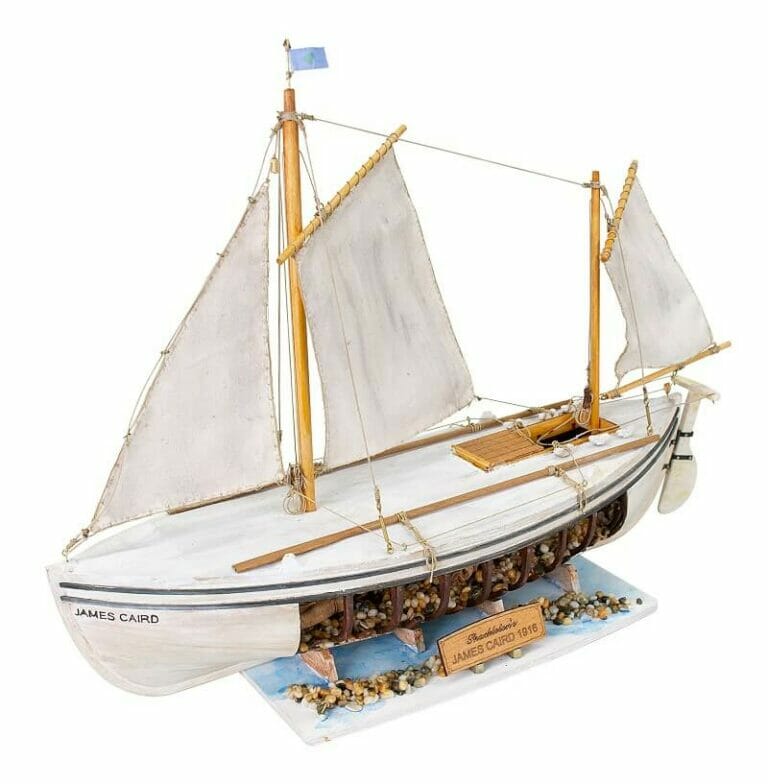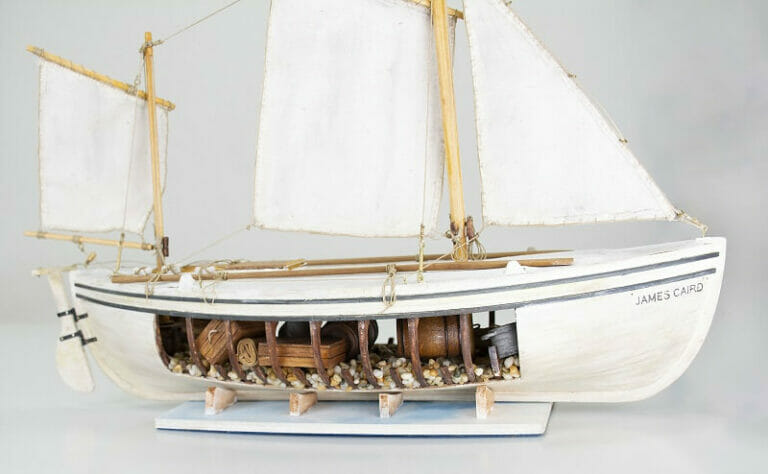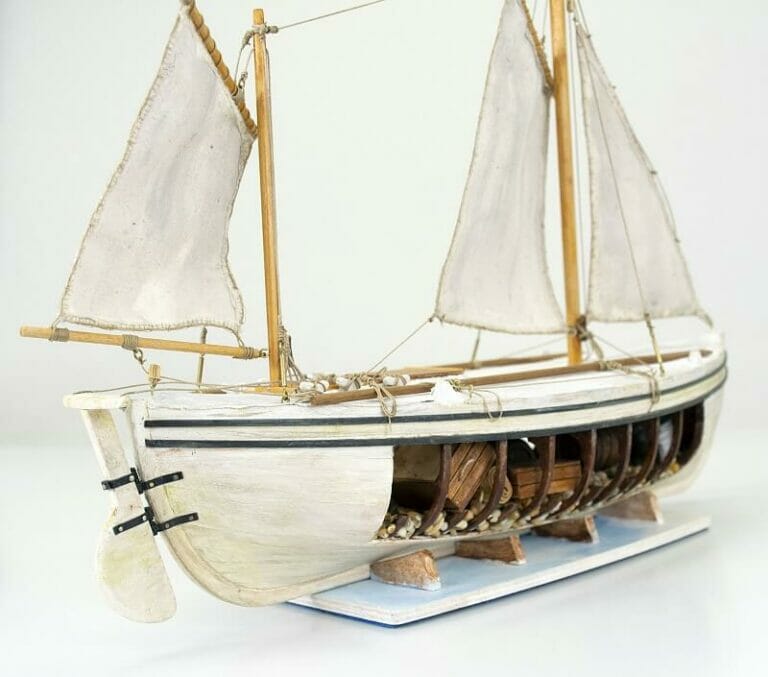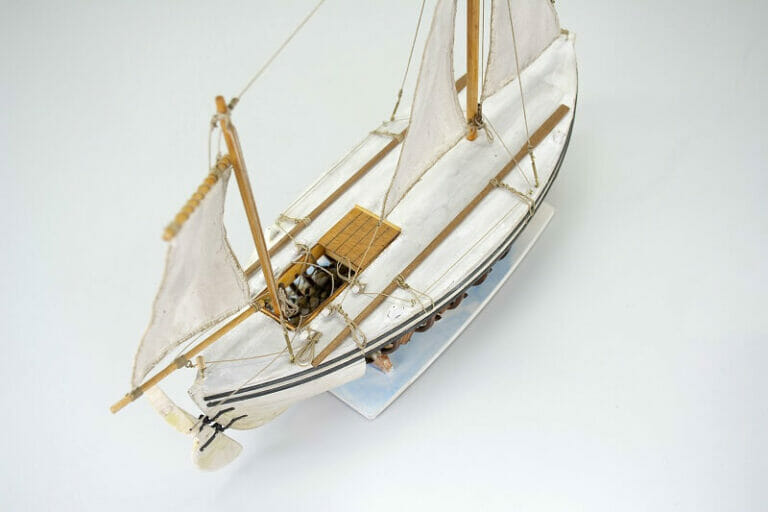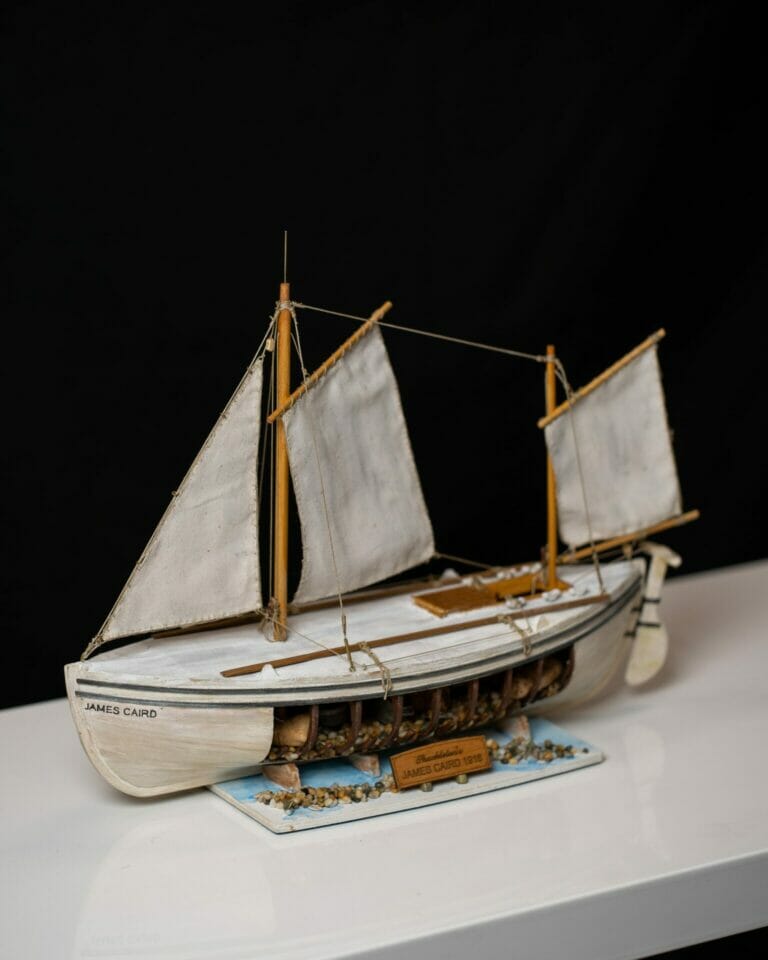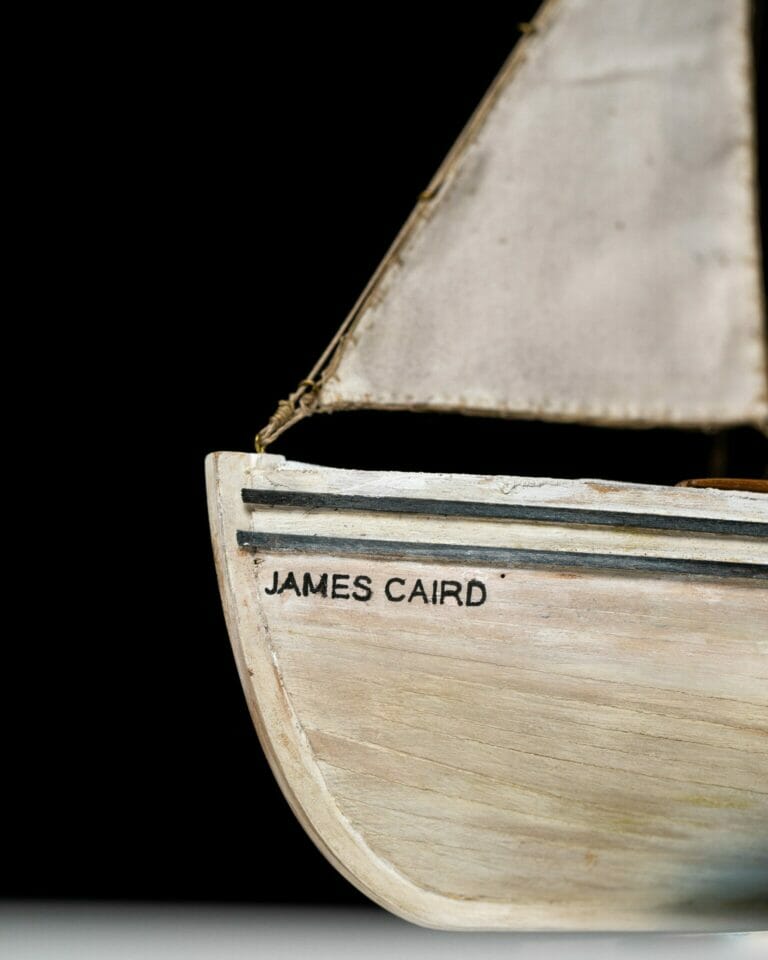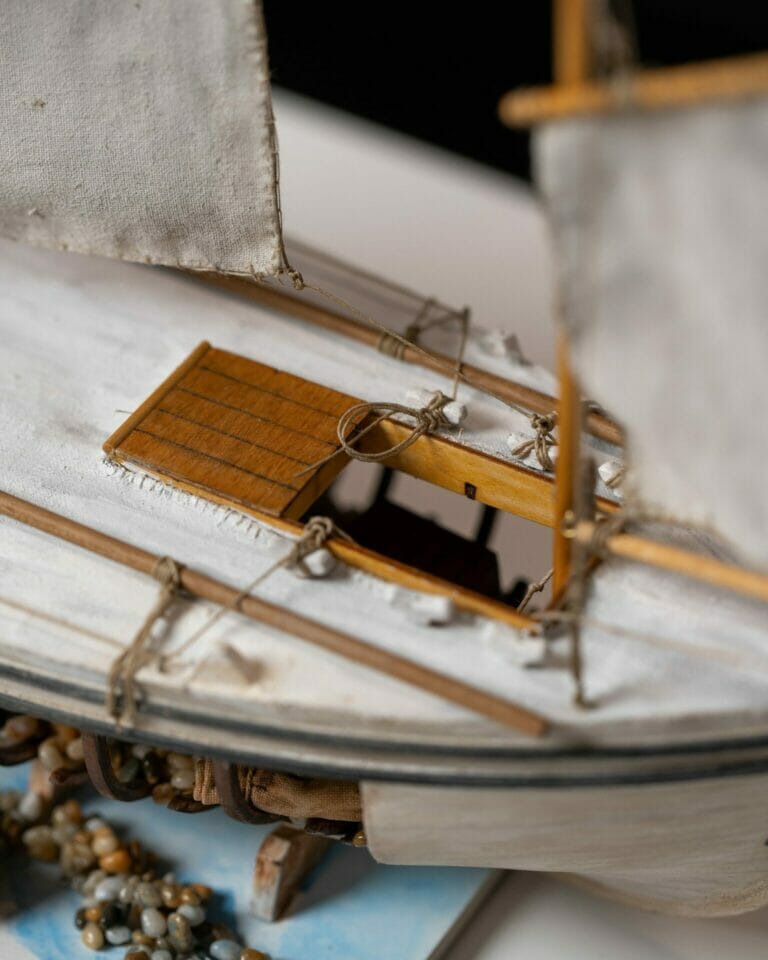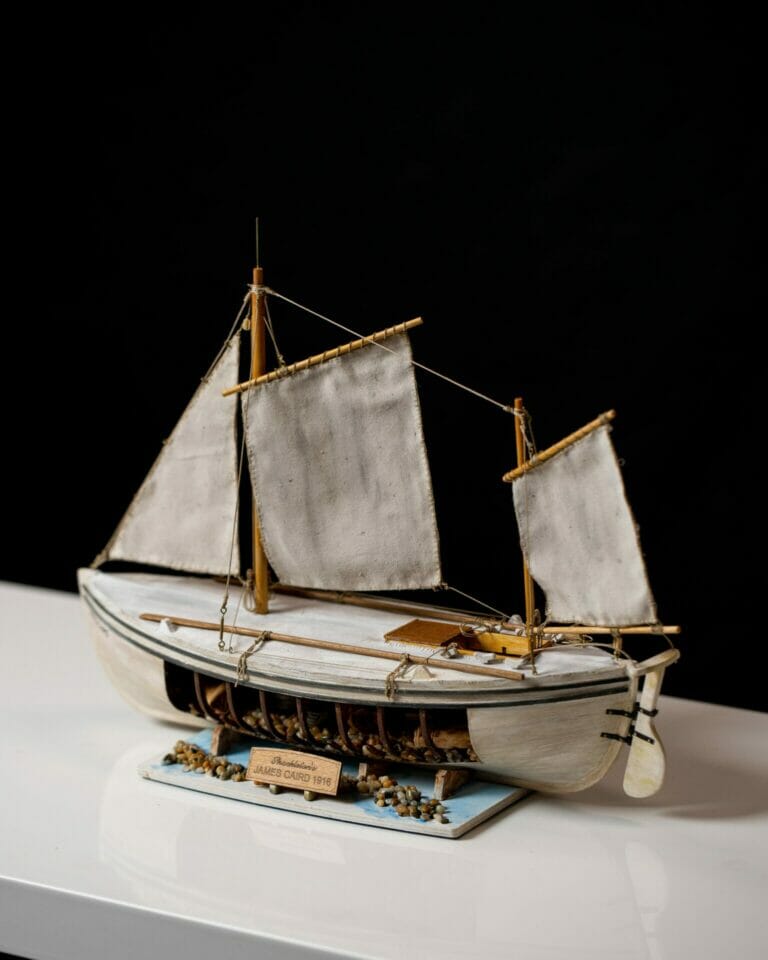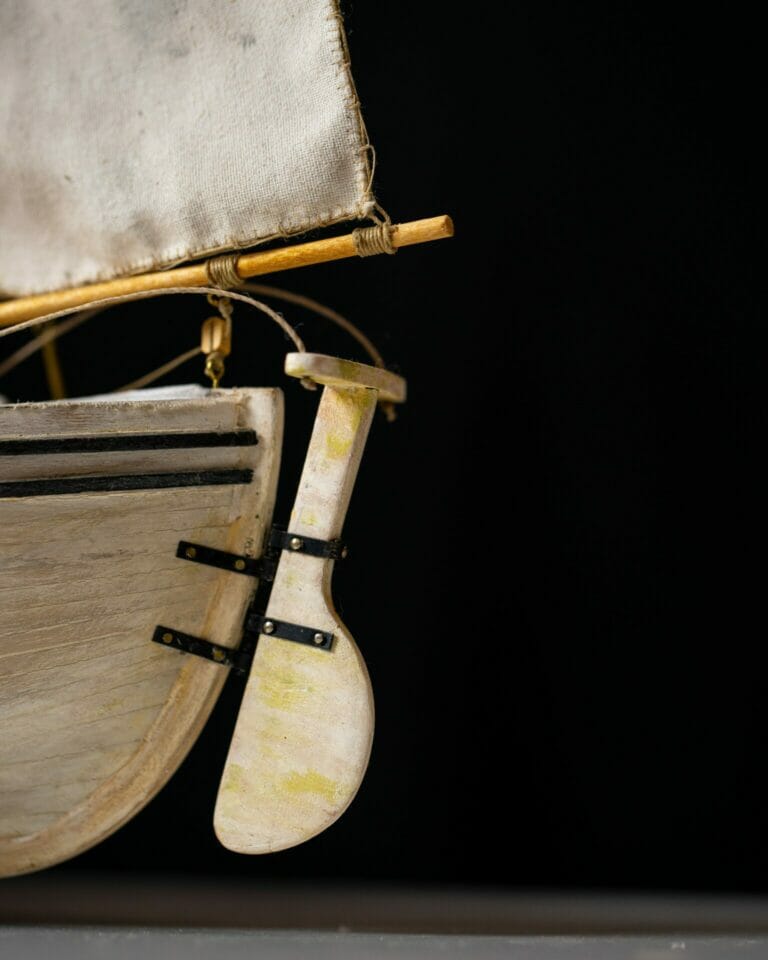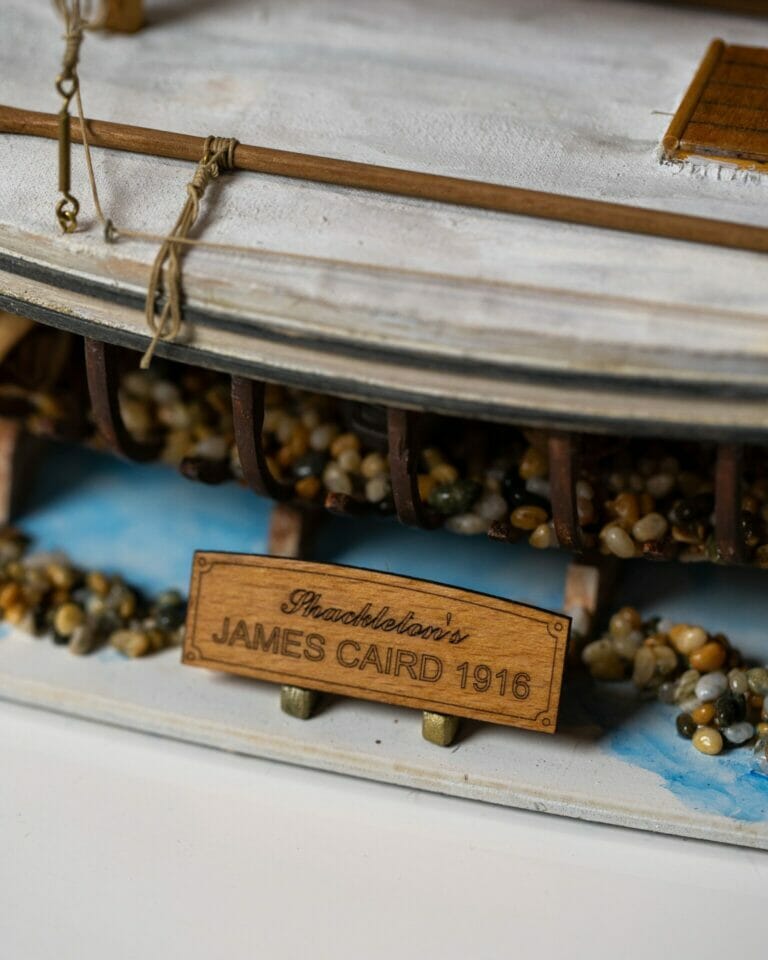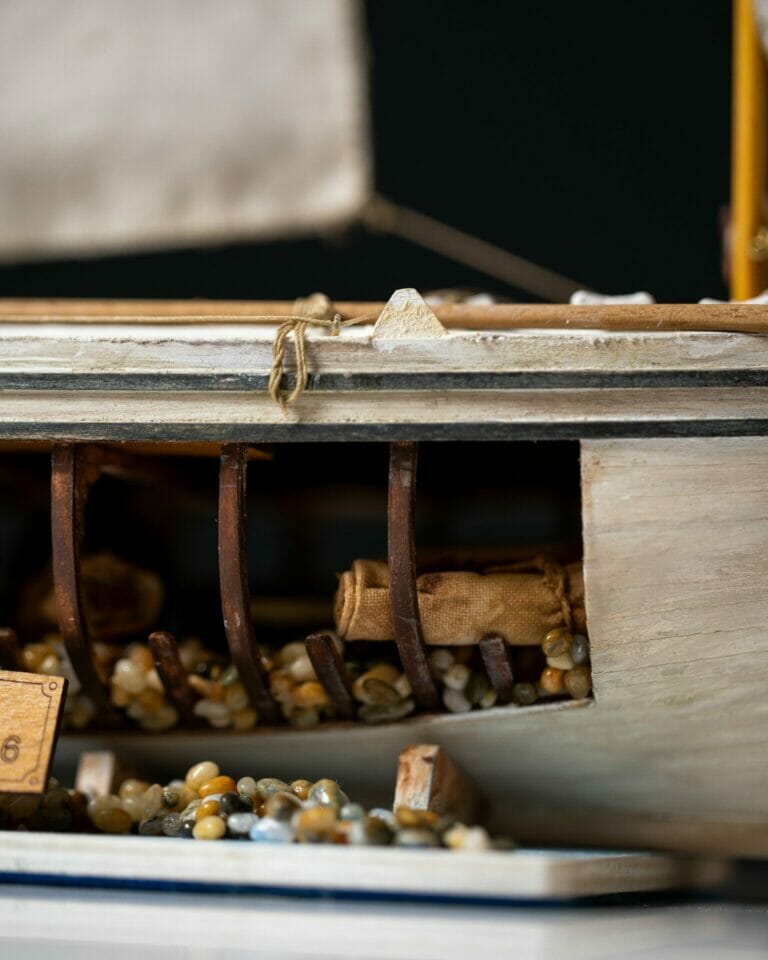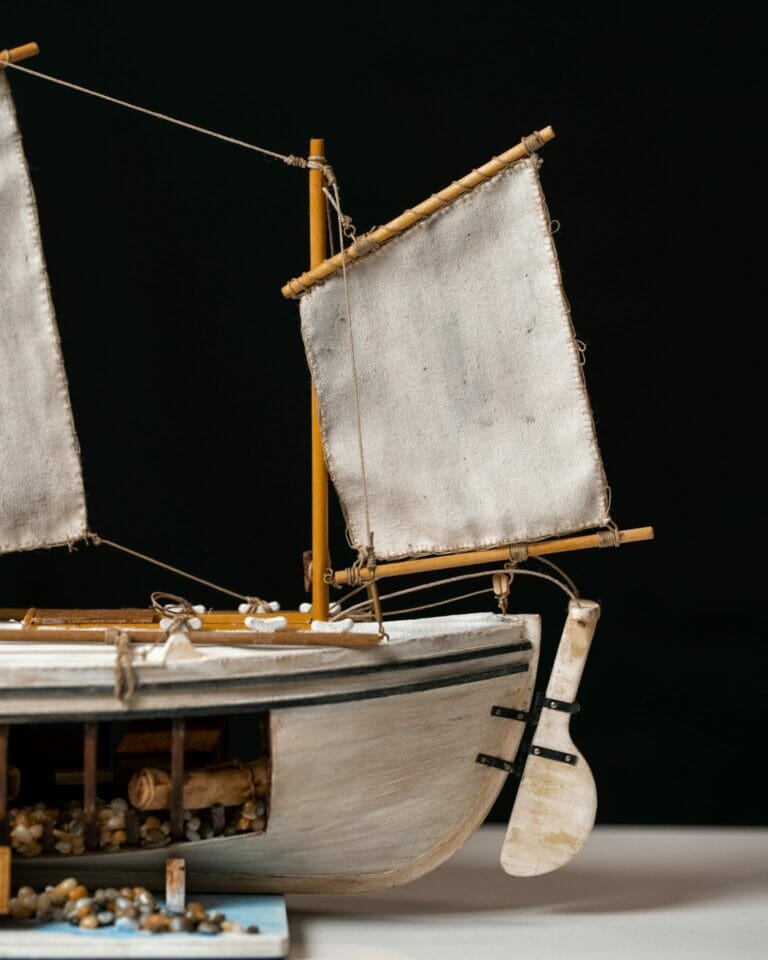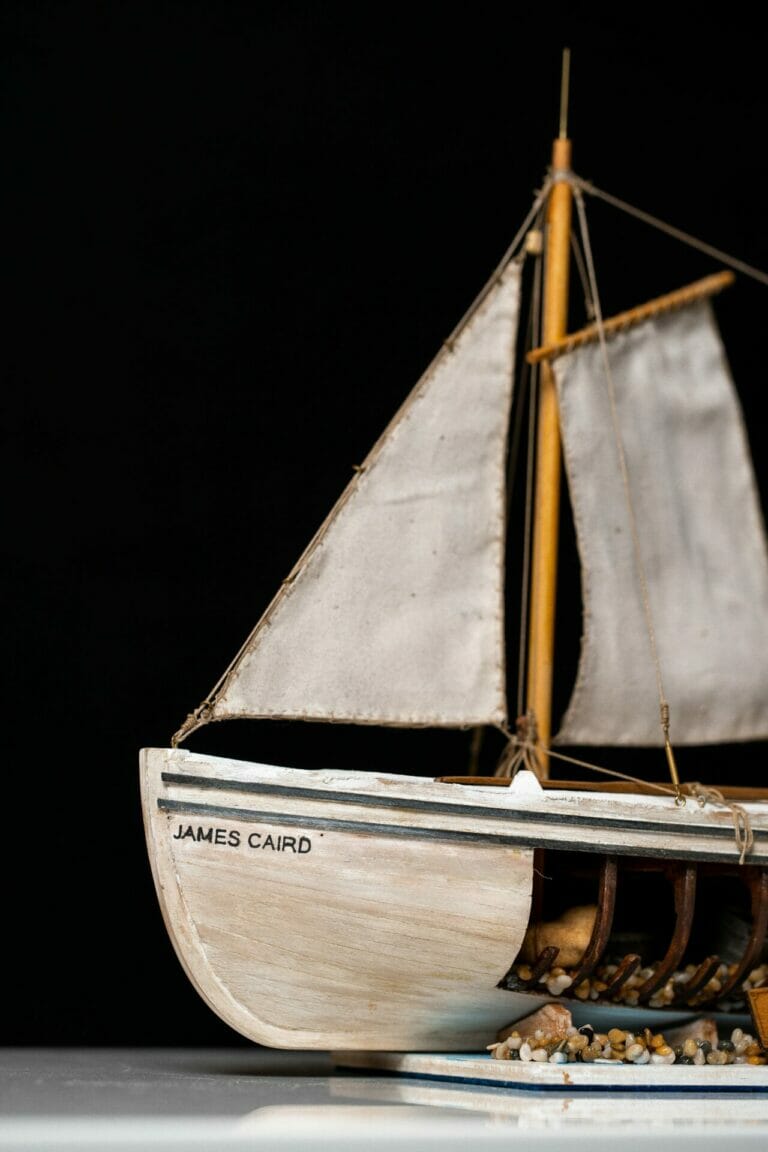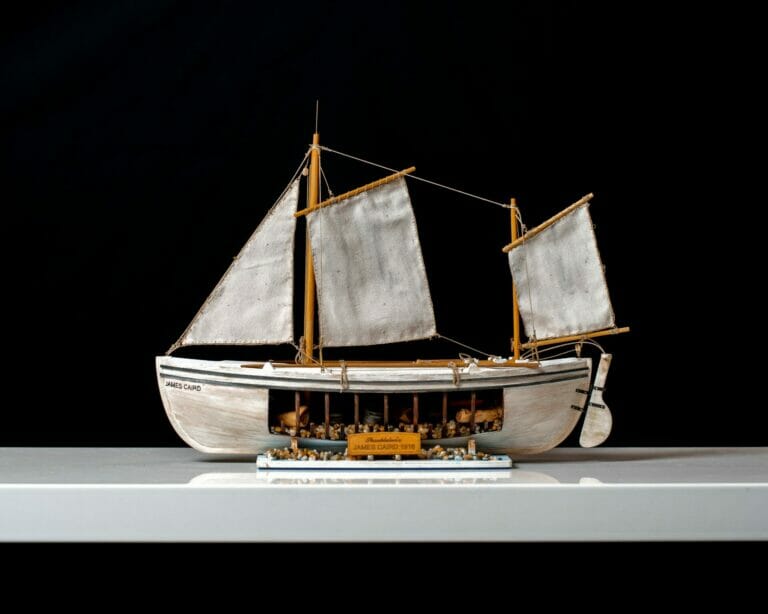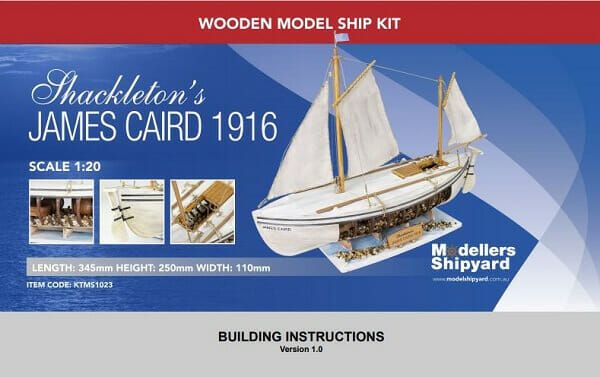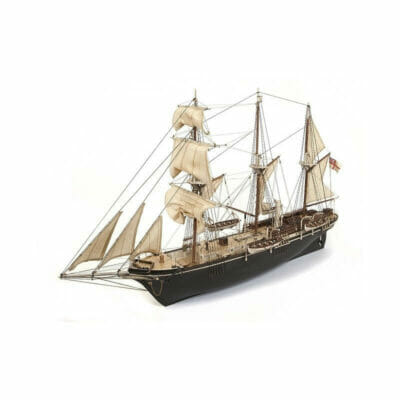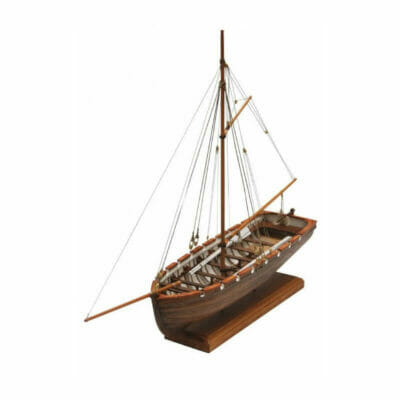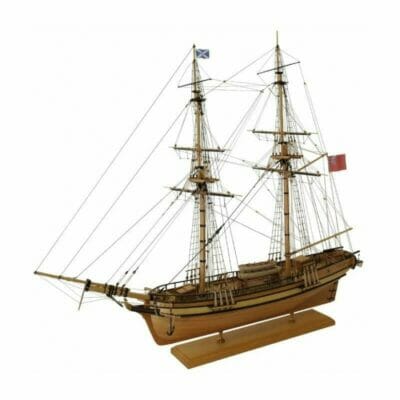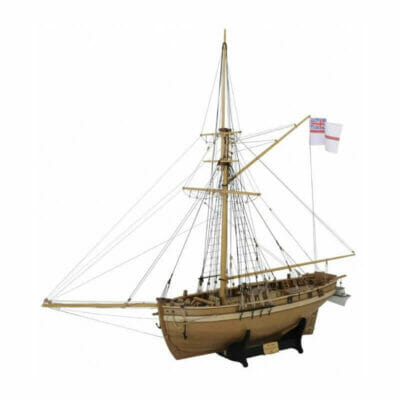SHACKLETON’S JAMES CAIRD
$245
Availability: 1 in stock
- Fast Shipping
- Safe & secure
- Worldwide delivery
| Skill Level | 3 |
|---|---|
| Scale | 1 to 20 |
| Length | 13.5" (345mm) |
| Height | 9.8" (250mm) |
| Width | 4.3" (110mm) |
| Manufacturer | Modellers Shipyard |
| SKU | MS1023 |
Shackleton’s James Caird Model Boat Kit – Modellers Shipyard (1023)
The Shackleton’s James Caird Model Boat Kit is manufactured by Modellers Shipyard. Modellers Shipyard offer historically accurate Wooden Model Ship Kits and Wooden Model Boat kits which are faithful interpretations of the original vessels.
Modeller’s Shipyard is proud to present another wooden model ship in our range of kits that have significance to maritime history. The model kit of Shackleton’s James Caird is expertly designed and built by John Staib – master model ship designer and builder.
The kit is double planked and comes with highly detailed English written building instructions with extensive color photos showing every step on the model boat’s construction. Modellers Shipyard only use the highest quality parts and fittings.
History of the Shackleton’s James Caird
The voyage of the James Caird was a journey of 1,300 kilometres (800 mi) from Elephant Island in the South Shetland Islands through the Southern Ocean to South Georgia, undertaken by Sir Ernest Shackleton and five companions to obtain rescue for the main body of the stranded Imperial Trans-Antarctic Expedition of 1914–1917. Polar historians regard the voyage of the crew in a 22.5-foot (6.9 m) lifeboat through the “Furious Fifties” as one of the greatest small-boat journeys ever completed.
In October 1915, pack ice in the Weddell Sea had sunk the main expedition ship Endurance, leaving Shackleton and his 27 companions adrift on a floe. They drifted northward until April 1916, when the floe on which they were camped broke up, then made their way in the ship’s lifeboats to Elephant Island. The rigours of an Antarctic winter were fast approaching; the narrow shingle beach where they were camped was already being swept by almost continuous gales and blizzards, which destroyed one of the tents in their temporary camp, and knocked others flat. The pressures and hardships of the previous months were beginning to tell on the men, many of whom were in a run-down state both mentally and physically.
In these conditions, Shackleton decided to try to reach help, using one of the boats. The nearest port was Stanley in the Falkland Islands, 570 nautical miles (1,100 km; 660 mi) away, but made unreachable by the prevailing westerly winds. A better option was to head for Deception Island, 200 nautical miles (370 km; 230 mi) away at the western end of the South Shetland chain. Although it was uninhabited, Admiralty records indicated that this island held stores for shipwrecked mariners, and was also visited from time to time by whalers. However, reaching it would also involve a journey against the prevailing winds – though in less open seas – with ultimately no certainty when or if rescue would arrive.
After discussions with the expedition’s second-in-command, Frank Wild, and ship’s captain Frank Worsley, Shackleton decided to attempt to reach the whaling stations of South Georgia, to the north-east. This would mean a longer boat journey of 700 nautical miles (1,300 km; 810 mi) across the Southern Ocean, in conditions of rapidly approaching winter, but with the help of following winds it appeared feasible. Shackleton thought that “a boat party might make the voyage and be back with relief within a month, provided that the sea was clear of ice, and the boat survive the great sea.
Shackleton’s first choices for the boat’s crew were Worsley and Tom Crean, Shackleton was confident that Crean would persevere to the bitter end, and he had great faith in Worsley’s skills as a navigator, especially his ability to work out positions in difficult circumstances. Worsley later wrote: “We knew it would be the hardest thing we had ever undertaken, for the Antarctic winter had set in, and we were about to cross one of the worst seas in the world”.
Shackleton requested volunteers for the remaining places. Many came forward – he chose two strong sailors in John Vincent and Timothy McCarthy. He offered the final place to the carpenter, McNish. “He was over fifty years of age”, wrote Shackleton of McNish (he was in fact 41), “but he had a good knowledge of sailing boats and was very quick”. Vincent and McNish had each proved their worth during the difficult boat journey from the ice to Elephant Island.
The South Georgia boat party could expect to meet hurricane-force winds and waves – the notorious Cape Horn Rollers – measuring from trough to crest as much as 18 m (60 ft). Shackleton therefore selected the heaviest and strongest of the three boats, the 22.5-foot (6.9 m) long James Caird. It had been built as a whaleboat in London to Worsley’s orders, designed on the “double-ended” principle pioneered by Norwegian shipbuilder Colin Archer.
Shackleton had named it after Sir James Key Caird, a Dundee philanthropist whose sponsorship had helped finance the expedition. Knowing that a heavily-laden open sea voyage was now unavoidable, Shackleton had already asked the expedition’s carpenter, Harry McNish to modify the boats during the weeks the expedition spent at Patience Camp. Using material taken from Endurance’s fourth boat, a small motor launch which had been broken up with this purpose in mind before the ship’s final loss, McNish had raised the sides of the James Caird and the Dudley Docker by 8–10 inches (20–25 cm).
Now in the primitive camp on Elephant Island, McNish was again asked if he could make the James Caird more seaworthy. Using improvised tools and materials, McNish built a makeshift deck of wood and canvas, sealing his work with oil paints, lamp wick, and seal blood. The craft was strengthened by having the mast of the Dudley Docker lashed inside, along the length of her keel. She was then fitted as a ketch, with her own mainmast and a mizzenmast made by cutting down the mainmast from the Stancomb-Wills, rigged to carry lug sails and a jib.
The weight of the boat was increased by the addition of approximately 1 long ton (1 tonne) of ballast, to lessen the risk of capsizing in the high seas that Shackleton knew they would encounter. Worsley believed that too much extra ballast (formed from rocks, stones and shingle taken from the beach) was added, making the boat excessively heavy, giving an extremely uncomfortable ‘stiff’ motion and hampering the performance for sailing upwind or into the weather. However he acknowledged that Shackleton’s biggest concern was preventing the boat capsizing during the open-ocean crossing.
The boat was loaded with provisions to last six men one month; as Shackleton later wrote, “if we did not make South Georgia in that time we were sure to go under”. They took ration packs that had been intended for the transcontinental crossing, biscuits, Bovril, sugar and dried milk. They also took two 18-gallon (68-litre) casks of water (one of which was damaged during the loading and let in sea water), two Primus stoves, paraffin, oil, candles, sleeping bags and odd items of spare clothing.
After surviving a series of dangers, including a near capsizing, the boat reached the southern coast of South Georgia after a 17-day voyage. Shackleton, Tom Crean and Frank Worsley crossed the island’s mountains to a whaling station on the north side. Here they organised the relief of the three men left on the south side of the island and of the Elephant Island party. Ultimately, the Endurance crew returned home without loss of life. After the First World War, in 1919, the James Caird was moved from South Georgia to England. It has been on regular display at Shackleton’s old school, Dulwich College, since 1922.
| Skill Level | 3 |
|---|---|
| Scale | 1 to 20 |
| Length | 13.5" (345mm) |
| Height | 9.8" (250mm) |
| Width | 4.3" (110mm) |
| Manufacturer | Modellers Shipyard |
| SKU | MS1023 |







